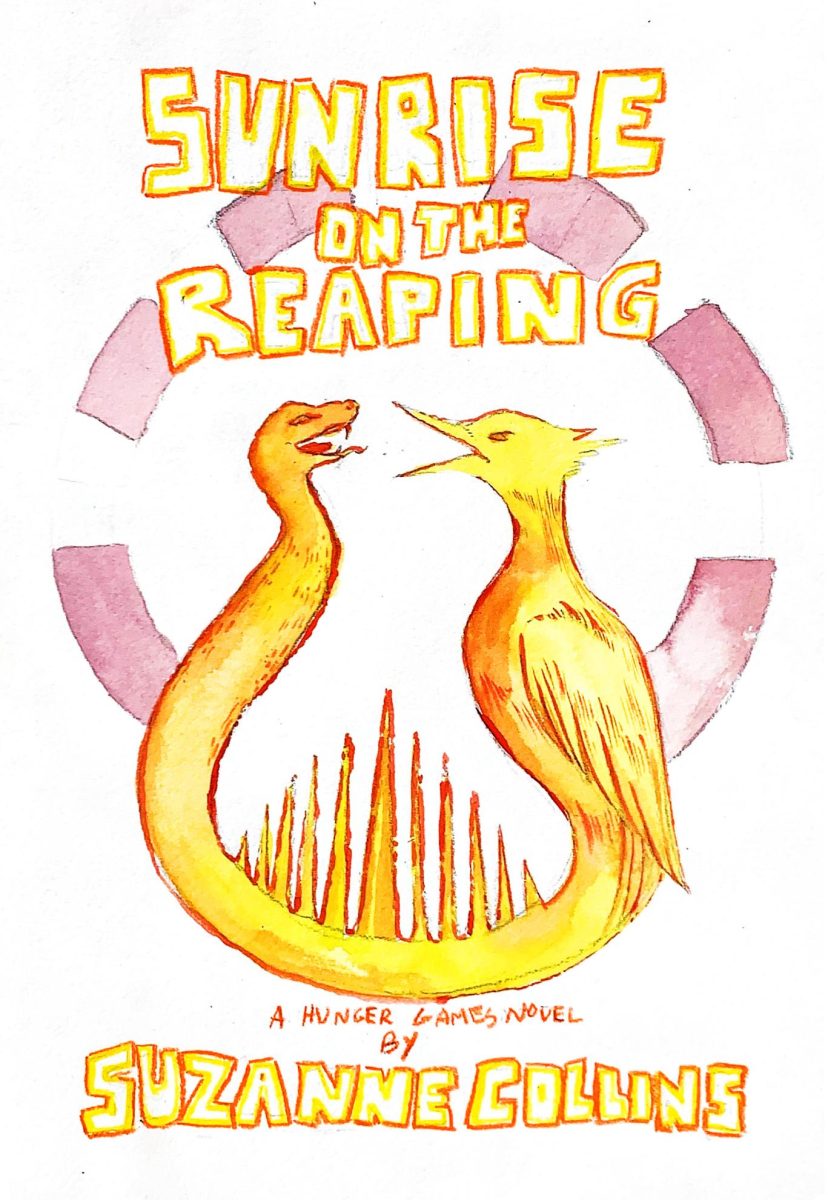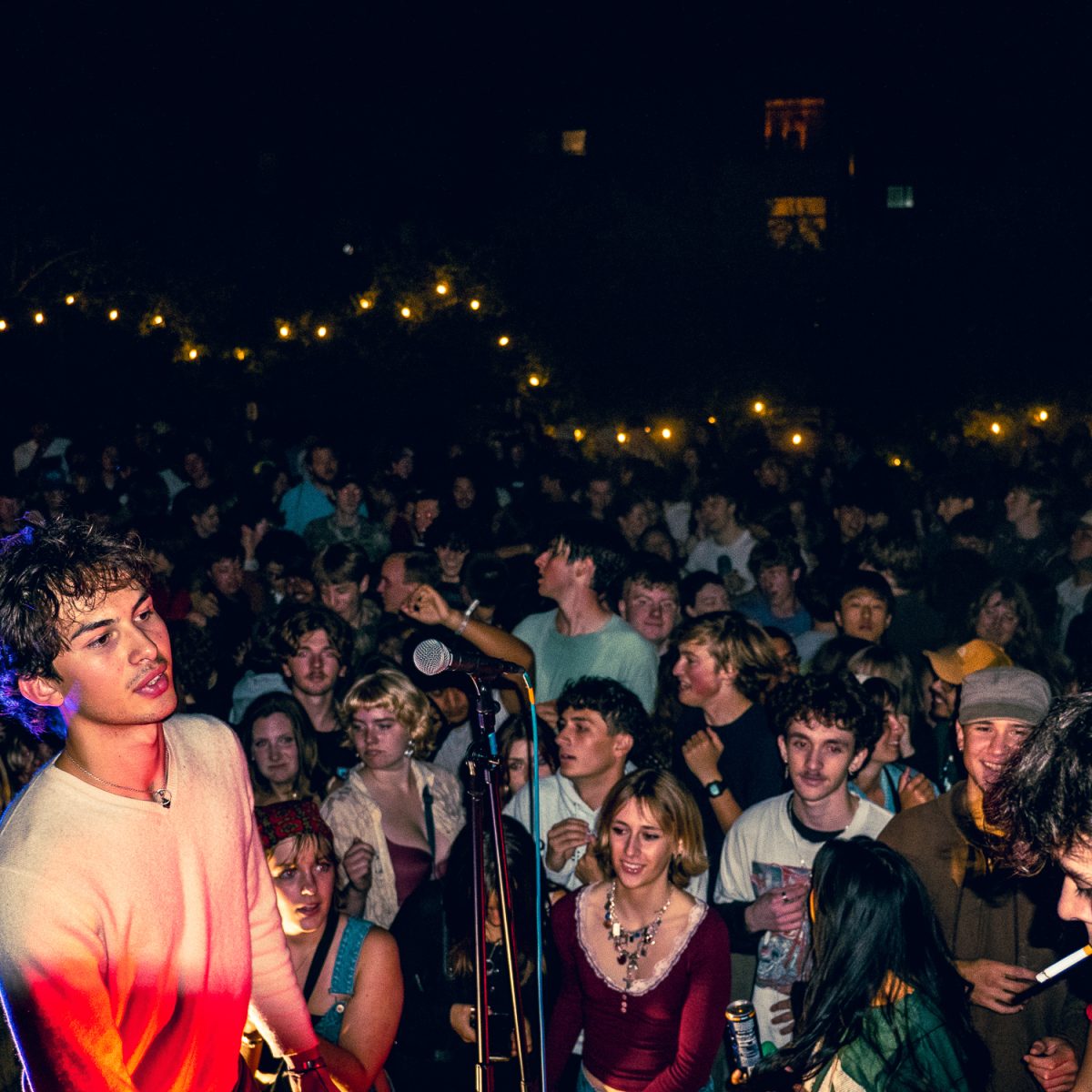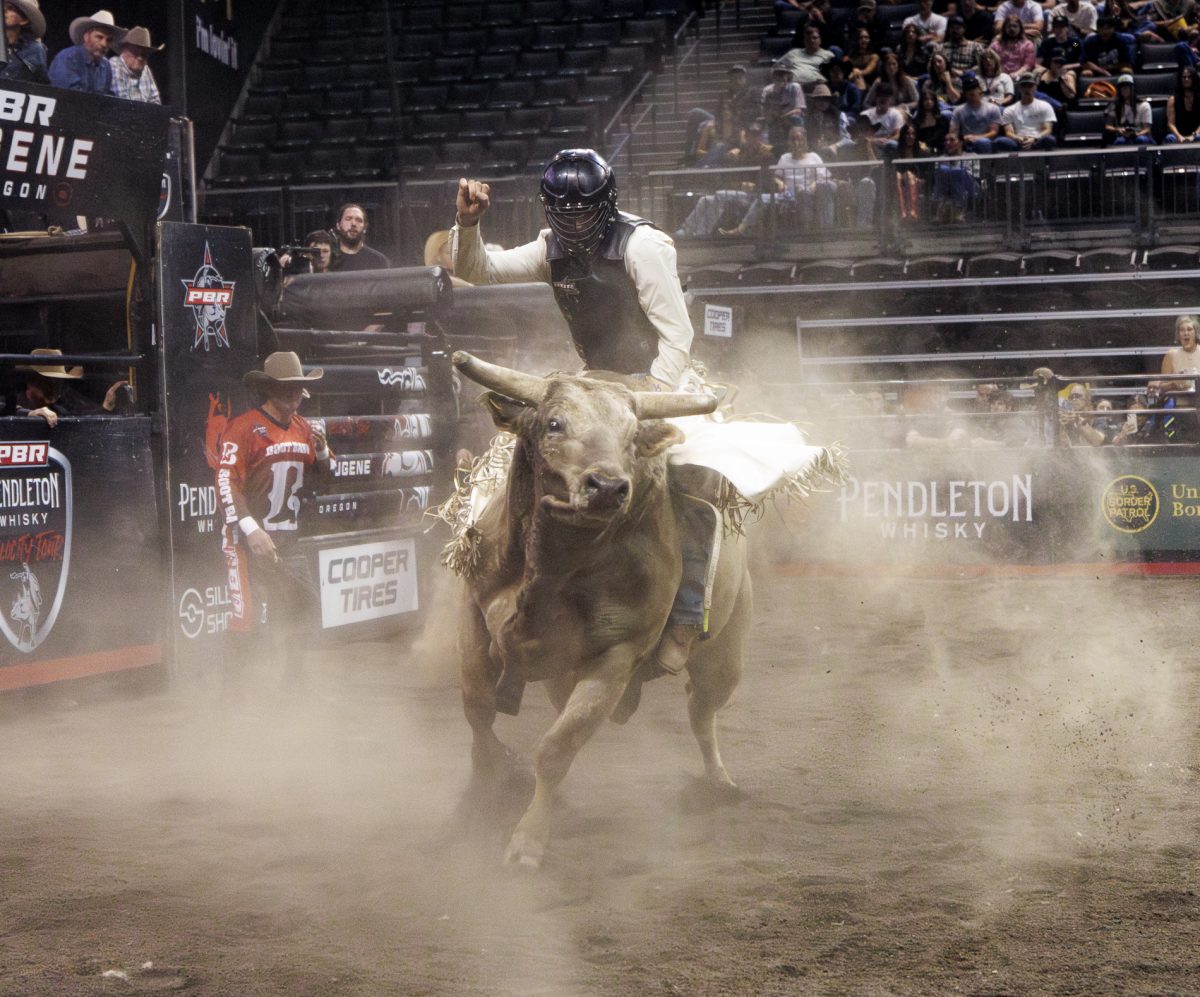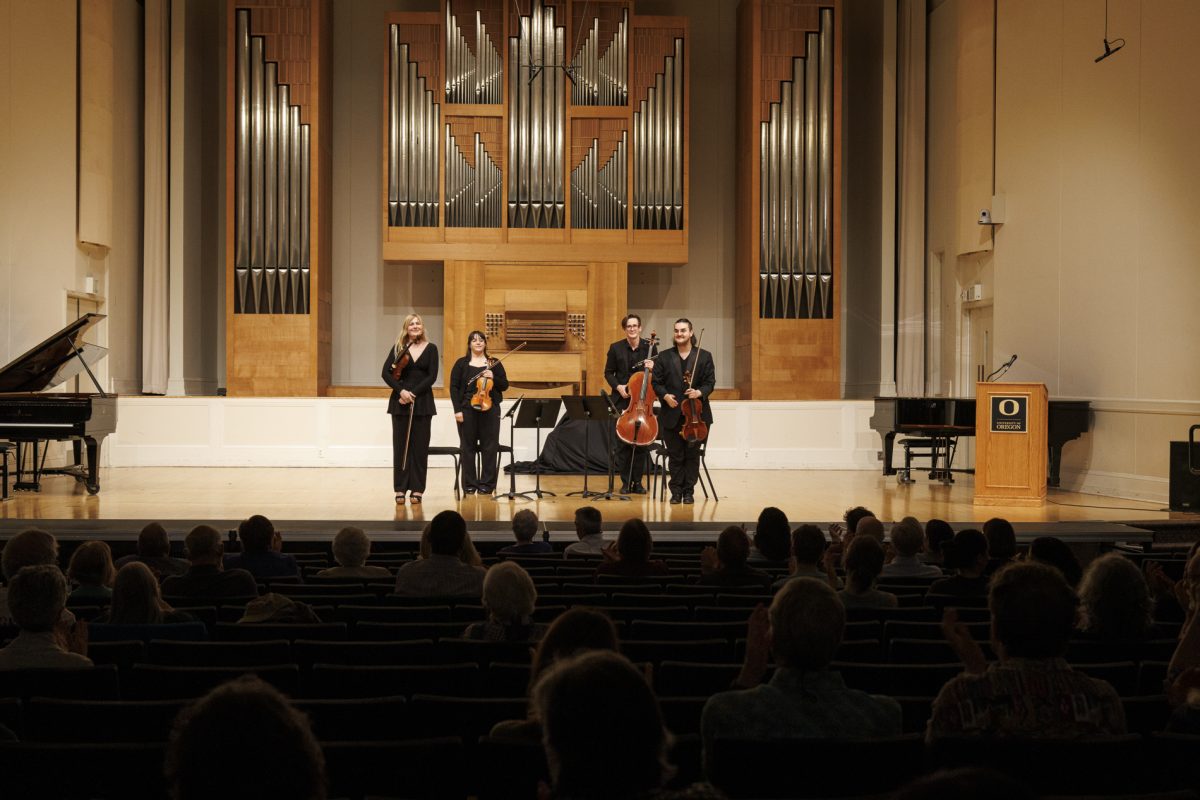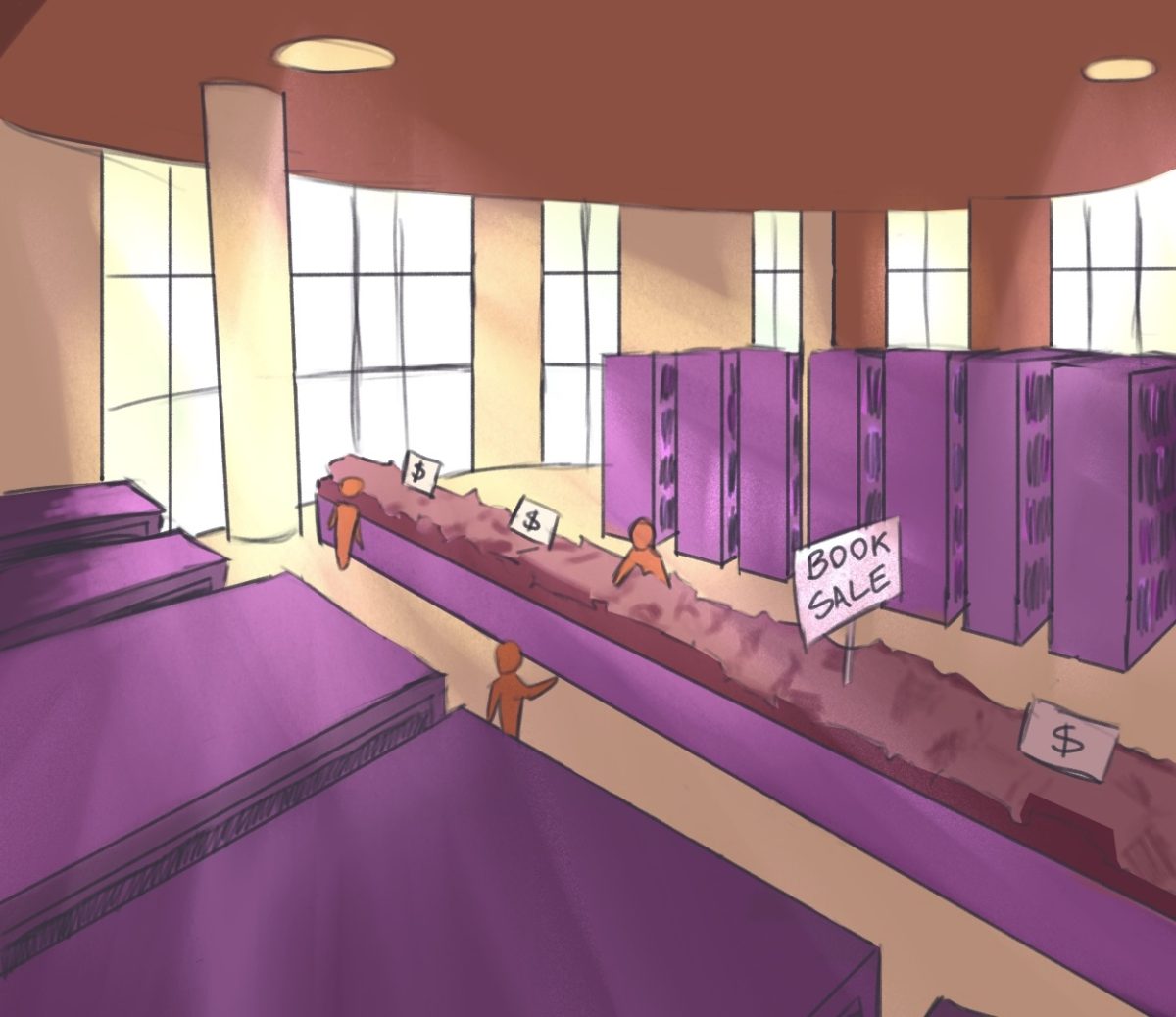Jayanthi Raman, a Portland-based master of classical Indian dance, visited the University of Oregon’s Museum of Natural and Cultural History on July 29. Raman was the fourth and final traditional artist to visit MNCH for Oregon Culture Nights, a month-long series highlighting this year’s Traditional Arts Apprenticeship Program awardees and showcasing different cultures in Oregon.
While the Oregon Folklife Network has issued TAAP awards since 2012, this is the first year recipients have been invited to showcase their work to an audience in Eugene, OFN associate director Emily Hartlerode said.
Raman took to a small stage in MNCH’s courtyard, wearing a cotton rehearsal sari to combat the afternoon heat. She explained the three meanings of Bharatha Natyam to her audience.
The word “bharatanatyam” means “Indian dance” in Sanskrit. Broken down in Hindi, “bhava” means emotion, “raaga” means music, “taal” means rhythm and “natyam” means dance. Together, bharatanatyam is a dance that encompasses music, rhythm and emotion. It is also named for Bharata Muni, the scholar who wrote the Natya Shastra –– a sacred text on performing arts –– and birthed classic Indian dance, music and theater, Raman said.
The TAAP program is selective 一 this year there were six awardees out of several hundred applicants 一 and intentional with its selections, Hartlerode said. According to Hartlerode, it focuses on traditional, cultural artforms, rewarding artists for their mastery and encouraging the artform’s continuity for generations. A master artist and an apprentice apply together with a specific learning goal in mind. If selected, TAAP offers a stipend for the master artist to provide free lessons to their apprentice over six to nine months.
Raman represents the master artist side, with four decades of dancing experience. In addition to Raman, three Oregon master artists performed at the MNCH this month. Antonio Huerta performed charreria, Mexico’s national sport; LaRhonda Steele sang Black gospel music and Francisco Bautista displayed Zapotec weaving and textiles.
With this new series, OFN offers master artists the opportunity to share their work in their community and beyond, Hartlerode said.
Hartlerode said the series serves the network’s mission: “to shine a light on the various cultural art forms and cultural practices that are being actively engaged in communities today.” She said the mission includes conducting outreach and research to understand the variety of cultures and practices in Oregon, as well as implementing public programs to share this knowledge.
Raman’s performance did just that. Bharatha Natyam is rooted in storytelling, with each movement, facial expression and hand gesture revealing a piece of the story, Raman said. She shared the story of each dance verbally before she performed it.
“I’m taking the role as a master teacher, but now connecting with the audience, bringing that as softly and gently as possible to the masses so that they can understand,” Raman said.
Even if they have never seen Indian dance before, they can connect to it and understand what is going on.
“That’s the job of a master artist, right?” Raman said. “To connect the cultures to the people around you. That’s my job as an ambassador of my art form.”
Another goal of the series was to create a space for people to connect to cultures safely, especially after COVID-19 interrupted many practices, Hartlerode said. The performances were held outside, and an online reservation system kept capacity below 60.
Nayantara Arroyo, a sophomore at UO, danced for 10 years before stopping due to COVID-19. Raman’s performance was her first reexposure to the dance floor in a year and a half. Arroyo said the explanations made the performance more accessible to a general audience and Raman’s expertise made it even more enjoyable to a trained eye.
“It was really impressive,” she said. “I have admiration for the expressions and the precise movements, especially in the heat.”
Arroyo said the performance inspired her to reconnect with Indian dance and maybe start dancing again.
Raman said while she performs Indian dance, she is an Oregon artist.
“I have gotten to see such amazing culture keepers in this state, and I’m so thrilled to be able to share them through this program. They are truly cultural treasures in our state,” Hartlerode said. “My deep desire is that in representing these artists, we can build a more compassionate and safe Oregon for all of us.”




